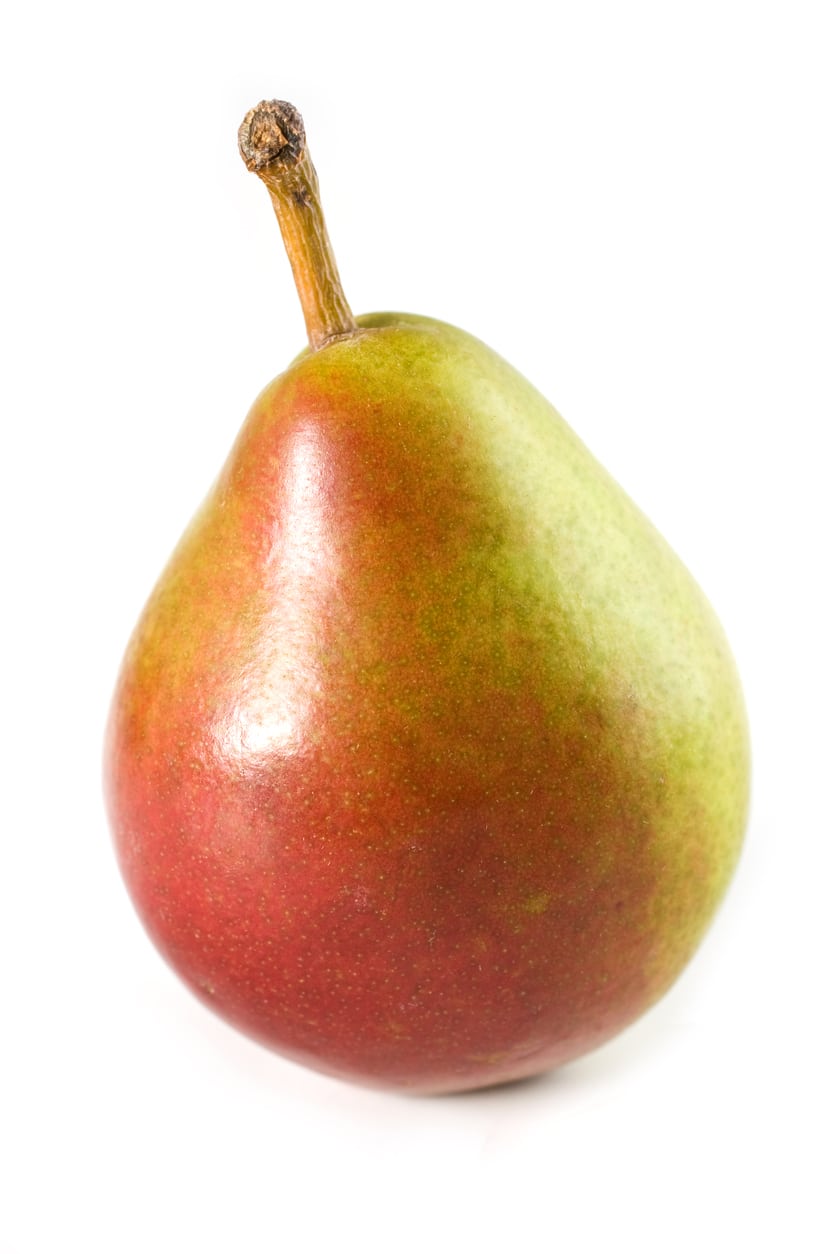Pyrus ‘Seckel’ Trees: What Is A Seckel Pear Tree


If you are thinking of adding a pear tree to the home orchard, take a look at Seckel sugar pears. They are the only native American pear grown commercially. What is a Seckel pear tree? It’s a type of fruit tree that produces fruit so sweet they are called Seckel sugar pears. Read on for more information about Pyrus communis ‘Seckel’ trees.
Seckel Pear Information
The vast majority of pear trees available in commerce are cultivars imported from Europe. But one type of pear tree, Pyrus ‘Seckel’ trees, started from a wild seedling in Pennsylvania. This type of pear, pronounced SEK-el, is a variety of fruit tree that grows tiny, bell-shaped pears that are very sweet. According to Seckel pear information, the harvest period starts in September and lasts until February. The pears can last up to five months in storage. Seckel sugar pears are considered dessert pears. They are small but chubby, with rounded, olive green bodies and short necks and stems. Those growing pear Seckel trees find the fruit to be snack size. You can tuck a few Seckel sugar pears into a lunchbox but you can also can them whole or use them in cooking. Seckel trees are easy to grow. They are cold hardy and, in fact, grow best in cool regions. The trees thrive in U.S. Department of Agriculture plant hardiness zones 5 through 8.
Growing Seckel Pears
If you live in a region with an appropriate climate, it’s not hard to start growing Seckel pears. Like all pear trees, Seckel requires a full sun location to produce an abundant crop. When picking a planting location, remember that mature standard-size trees grow to 20 feet (6 m.) tall and 13 feet (4 m.) wide. Dwarf varieties top out at half that height and width. Be sure to allow sufficient space for your Seckel trees to thrive. Plant these trees in loamy soil. It is very important to provide them with soil that drains well since the trees won’t do well in wet locations. They do best if the soil pH is between 6 and 7. Seckel pear trees do need another variety nearby in order to fruit. Good choices as pollinators include Starking, Delicious or Moonglow. When you are growing these pears, you won’t have to worry about fire blight. The trees are resistant to this disease.
Sign up for the Gardening Know How newsletter today and receive a free copy of our e-book "How to Grow Delicious Tomatoes".

Teo Spengler is a master gardener and a docent at the San Francisco Botanical Garden, where she hosts public tours. She has studied horticulture and written about nature, trees, plants, and gardening for more than two decades, following a career as an attorney and legal writer. Her extended family includes some 30 houseplants and hundreds of outdoor plants, including 250 trees, which are her main passion. Spengler currently splits her life between San Francisco and the French Basque Country, though she was raised in Alaska, giving her experience of gardening in a range of climates.